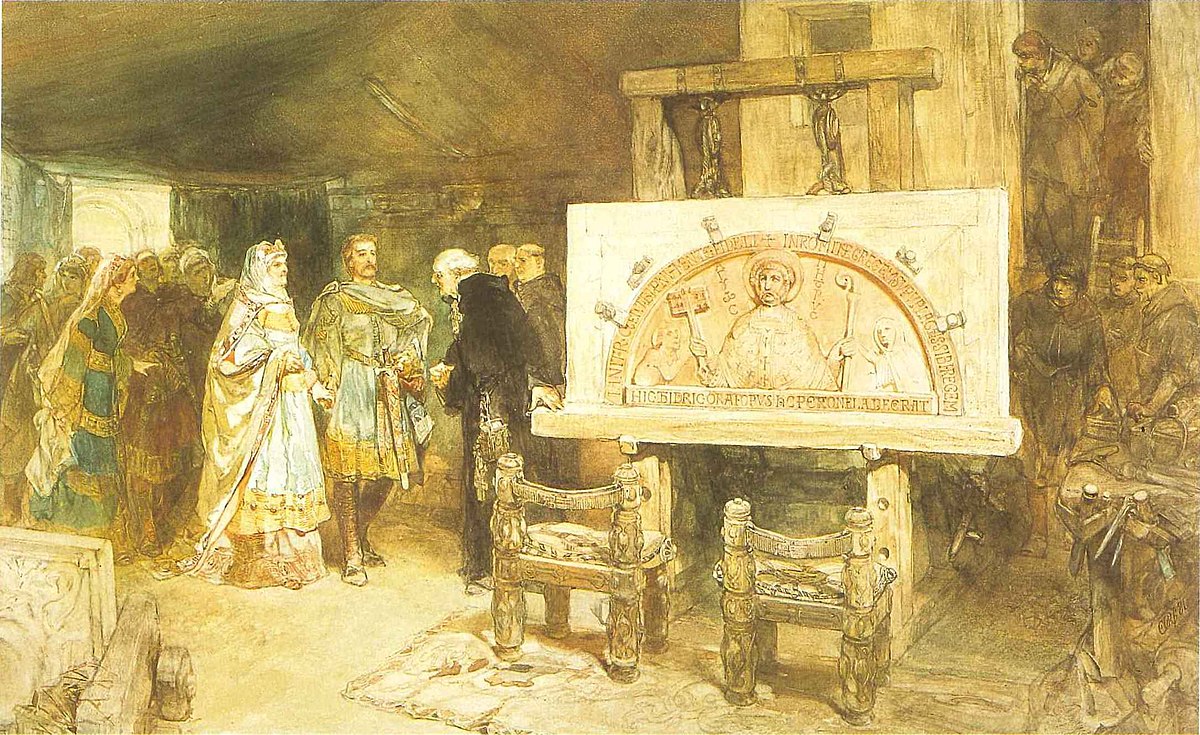
Rise of Holland
HollandThe center of power in these emerging independent territories was in the County of Holland. Originally granted as a fief to the Danish chieftain Rorik in return for loyalty to the emperor in 862, the region of Kennemara (the region around modern Haarlem) rapidly grew under Rorik's descendants in size and importance. By the early 11th century, Dirk III, Count of Holland was levying tolls on the Meuse estuary and was able to resist military intervention from his overlord, the Duke of Lower Lorraine.
In 1083, the name "Holland" first appears in a deed referring to a region corresponding more or less to the current province of South Holland and the southern half of what is now North Holland. Holland's influence continued to grow over the next two centuries. The counts of Holland conquered most of Zeeland but it was not until 1289 that Count Floris V was able to subjugate the Frisians in West Friesland (that is, the northern half of North Holland).
